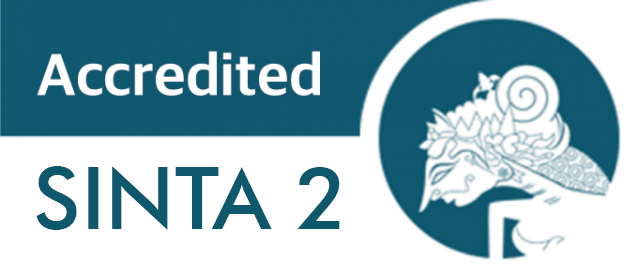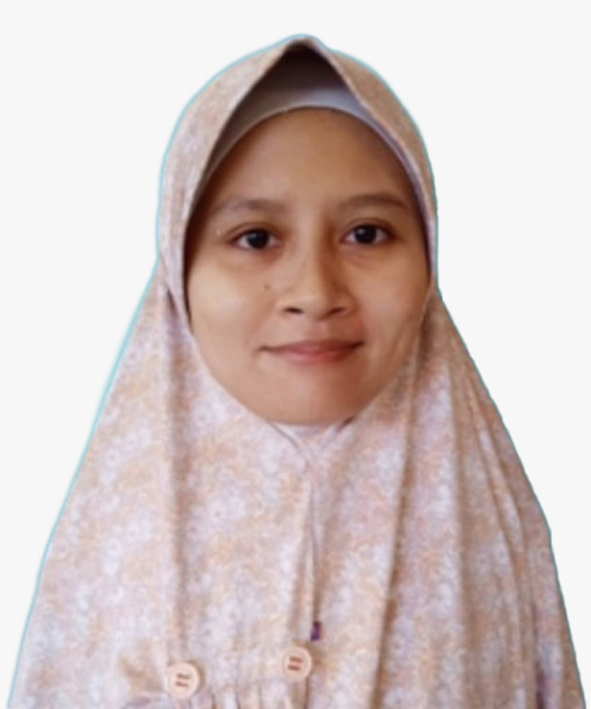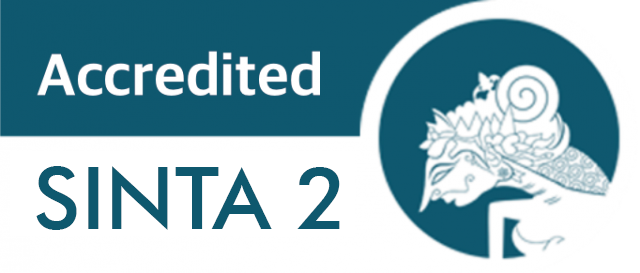Family Role on Schizoaffective Type Patients Treatment
Downloads
Schizoaffective disorder is a mental disorder accompanied by schizophrenic and affective symptoms that both stand out at one time. Affective symptoms that appear are manic, depressive or both. The prevalence of patients with schizoaffective disorder is about 0.3% of the general population. Women suffer more from schizoaffective disorder and usually suffer from depressive type schizoaffective disorder. The case that will be discussed here is a young adult woman who first suffered from a schizoaffective mixed type disorder. The difficulty faced in handling this case is to provide an understanding of the patient and family about schizoaffective disorders and how patients take medication regularly for a long time. Therefore, a biopsychosocial approach is considered the most suitable to overcome the difficulties in handling this case.
American Psychiatric Association, Diagnostic And Statistical manual of Mental Disorders, 5th ed. Arlington VA: American Psychiatric Association, 2013.
P. Sadock, B. J., Sadock, V. A., & Ruiz, Kaplan & Sadock's Comprehensive Textbook of Psychiatry Volume I/II, 10th ed. Philadelphia: Wolters Kluwer, 2017.
Seksi Skizofrenia PDSKJI, From Curing to Caring: Achieving Patient's Recovery Rekomendasi Tata Laksana Layanan Skizofrenia, Cetakan pertama. Jakarta: Centra Communications, 2015, pp. 27-50
S. Abidi et al., "Canadian Guidelines for the Pharmacological Treatment of Schizophrenia Spectrum and Other Psychotic Disorders in Children and Youth,” Can. J. Psychiatry, vol. 62, no. 9, pp. 635–647, 2017, doi: 10.1177/0706743717720197.
R. E. Lawrence and L. Dixon, "The Challenge of Nonadheherence in Schizophrenia,” in Psychiatric Nonadherence, New York, 2019, pp. 43–57.
L. Berze et al., "Implementing the Latvian Early Intervention Program (LAT-EIP) for Patients With Schizophrenia Spectrum First-Episode Psychosis: Study Protocol,” Front. Psychiatry, vol. 10, no. November, pp. 1–13, 2019, doi: 10.3389/fpsyt.2019.00829.
N. J. K. Breitborde and A. M. Moe, "Optimizing Mental Health Treatment for Emerging Adults with First-Episode Psychosis,” Evidence-Based Pract. Child Adolesc. Ment. Heal., vol. 4, no. 2, pp. 157–169, 2019, doi: 10.1080/23794925.2018.1514546.
M. Vallarino et al., "An Evidence Map of Psychosocial Interventions for The Earliest Stages of Bipolar Disorder,” Lancet Psychiatry, vol. 2, no. 6, pp. 548–563, 2015, doi: 10.1016/S2215-0366(15)00156-X.An.
N. J. K. Breitborde, A. M. Moe, A. Ered, L. M. Ellman, and E. K. Bell, "Optimizing psychosocial interventions in first-episode psychosis: Current perspectives and future directions,” Psychol. Res. Behav. Manag., vol. 10, pp. 119–128, 2017, doi: 10.2147/PRBM.S111593.
M. Muse, Cognitive Behavioral Psychopharmacology. West Sussex: John Wiley & Sons Ltd, 2017.
A. A. H. Hasan and A. A. Jaber, "The effect of a family intervention on primary caregivers psychological outcomes: Findings from the integrative literature review,” Perspect. Psychiatr. Care, vol. 55, no. 2, pp. 277–290, 2019, doi: 10.1111/ppc.12339.
Copyright (c) 2021 Triningsih Setiawati, Khairina khairina, Syarifah Aini

This work is licensed under a Creative Commons Attribution-ShareAlike 4.0 International License.
1. Copyright of this journal is possession of the Author, by the knowledge of the Editorial Board and Journal Manager, while the moral right of the publication belongs to the author.
2. The journal allows the author(s) to retain publishing rights without restrictions.
3. The articles are published under a Creative Commons Attribution Share-Alike (CC BY-SA) license. Many research funding bodies prefer the CC BY-SA license because it allows for maximum dissemination and re-use of open access materials. Users are free to share (copy, distribute, and transmit) and remix (adapt) the contribution under this license, including for commercial purposes, as long as they attribute the contribution in the manner specified by the author or licensor.




























